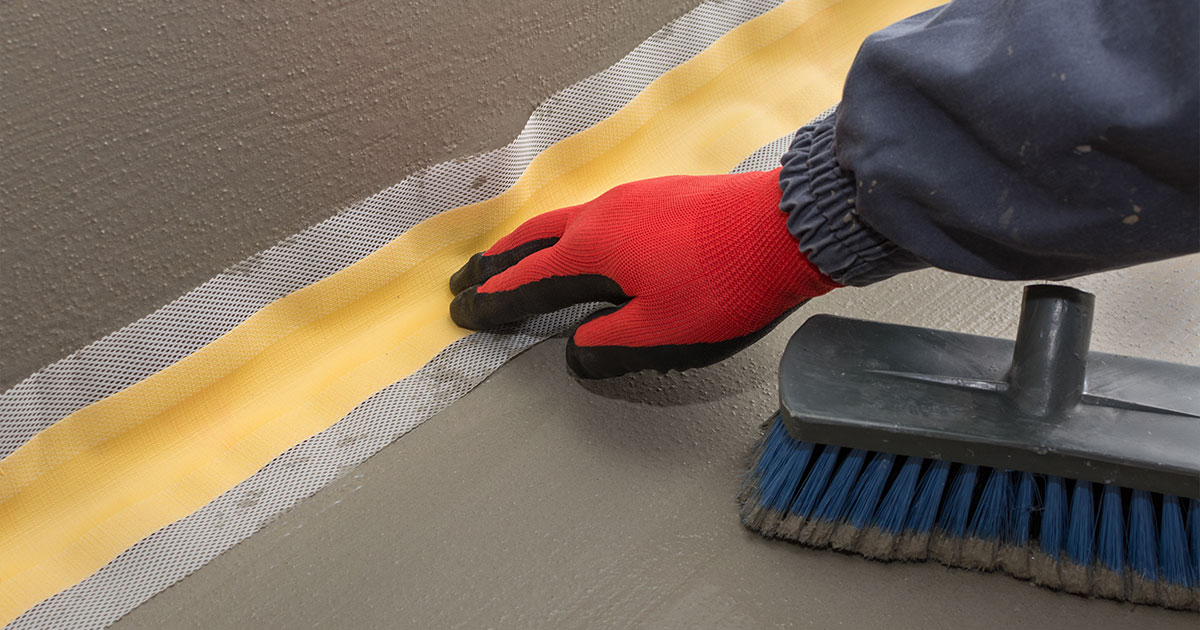Frequent Waterproofing Mistakes along with Ways to Avoid Such Problems

Water damage can spell disaster for any house or building, leading to expensive fixes and potential health risks. This makes water resistance an essential aspect of property care that all property owners should take seriously. Unfortunately, many people overlook key aspects of waterproofing or succumb to widespread myths, which can worsen problems instead of mitigating them. Understanding the significance of effective waterproofing techniques is vital for protecting your property and guaranteeing the well-being of your family.
In this article, we will explore common waterproofing mistakes that property owners often make and provide tips on how to avoid them. By highlighting the necessity of waterproofing in areas such as cellars, roofs, washrooms, and external buildings, we aim to arm you with the knowledge needed to safeguard your property from water damage. From understanding when expert help is necessary to dispelling waterproofing myths, we will guide you through what you should to know for effective waterproofing solutions.
Essential Moisture-Proofing Insights
Moisture-proofing is a essential aspect of upholding the stability of any house or property. Understanding why waterproofing is important for every construction can spare homeowners and property managers significant time and resources by preventing water-related issues. From basements to ceilings, efficient waterproofing can protect against drips and dampness infiltration, which, if overlooked, could result in fungus growth, decay, and high fixes. By investing in effective moisture-proofing solutions, you can ensure your building remains a safe and pleasant environment.
One frequent misconception is that waterproofing is only necessary in areas prone to substantial precipitation. In truth, every structures require a degree of form of waterproofing to protect against a multitude of water-related concerns, including moisture, wet air, and unexpected breaches during heavy rains. Waterproofing myths clarified reveal that simply minor water problems can escalate into serious problems if not taken care of. Recognition of these risks can encourage preventive steps before it becomes too difficult to respond.
Identifying indications that your home needs moisture-proofing is essential in stopping more serious problems. Homeowners should look for indicative signals such as flaking paint, wet spots in basements, and stale odors, which may suggest damp ingress. By noticing these indications early on and understanding how to waterproof your basement and other vulnerable areas effectively, you can safeguard your investment and uphold your property's worth over the long haul.
Efficient Waterproofing Techniques
One of the most effective waterproofing techniques is to ensure proper drainage around your home. This requires grading the landscape away from the base and installing gutters and downspouts that direct rainwater away from the structure. Good drainage stops water from gathering near your foundation, which can cause to leaks and other water damage. Regular maintenance of these systems is crucial to eliminate blockages that can cause water to leak and seep into the building.

Another key approach is to select the appropriate waterproofing materials for your individual needs. Whether you're thinking about interior or exterior waterproofing, it's crucial to select high-quality products designed for the areas you're working in. For instance, basement waterproofing may necessitate the use of specialized membranes and sealants, while roof waterproofing might improve with coatings that withstand UV radiation and temperature fluctuations. Studying and selecting https://rentry.co/czr57bkd can greatly impact the longevity and effectiveness of the system.
Lastly, think about consulting professionals who have knowledge in waterproofing to ensure a proper approach. While DIY approaches can be tempting, professional evaluations can identify underlying issues that may not be apparent. Experts can provide tailored recommendations and ensure proper execution of techniques and materials. Spending in professional services can be a smart move to protect your home from costly water damage in the future.
Common Errors and Solutions
One of the most frequent errors in waterproofing is neglecting proper surface readiness. Many homeowners hasten the process, putting on waterproof coatings over dirty or uneven surfaces. This can lead to adhesion issues, leading in peeling and inefficient waterproofing. To avoid this, always allocate sufficient time cleaning and fixing the surface before applying any products. A clear and smooth surface enhances the efficiency of the waterproofing material.
Another frequent mistake is overestimating the capabilities of DIY methods. While there are many effective waterproofing products on the market for home use, they often demand specific application methods to achieve the best results. Homeowners occasionally apply too light a layer or fail to adhere to the manufacturer's guidelines. To circumvent this problem, consider consulting professionals for challenging areas like basements or roofs, ensuring the job is done correctly and that you use the right products for your particular needs.
Finally, ignoring indicators of water damage until it becomes severe is a major error. Homeowners often wait too long to address visible leaks or moisture problems, resulting to costly repairs down the line. Regular inspections and maintenance can help catch potential issues early. Establish dry basement to inspect for leaks, cracks, and signs of mold to keep your property safe and minimize long-term detriment.
